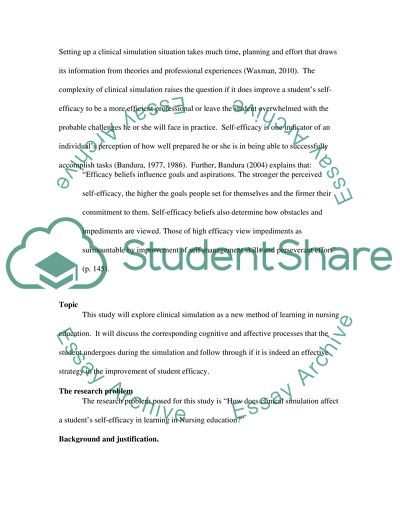Cite this document
(“The Effect of Clinical Simulation on Student Self-Efficacy in learning Dissertation - 1”, n.d.)
Retrieved from https://studentshare.org/religion-and-theology/1424619-the-effect-of-clinical-simulation-on-student-self
Retrieved from https://studentshare.org/religion-and-theology/1424619-the-effect-of-clinical-simulation-on-student-self
(The Effect of Clinical Simulation on Student Self-Efficacy in Learning Dissertation - 1)
https://studentshare.org/religion-and-theology/1424619-the-effect-of-clinical-simulation-on-student-self.
https://studentshare.org/religion-and-theology/1424619-the-effect-of-clinical-simulation-on-student-self.
“The Effect of Clinical Simulation on Student Self-Efficacy in Learning Dissertation - 1”, n.d. https://studentshare.org/religion-and-theology/1424619-the-effect-of-clinical-simulation-on-student-self.


